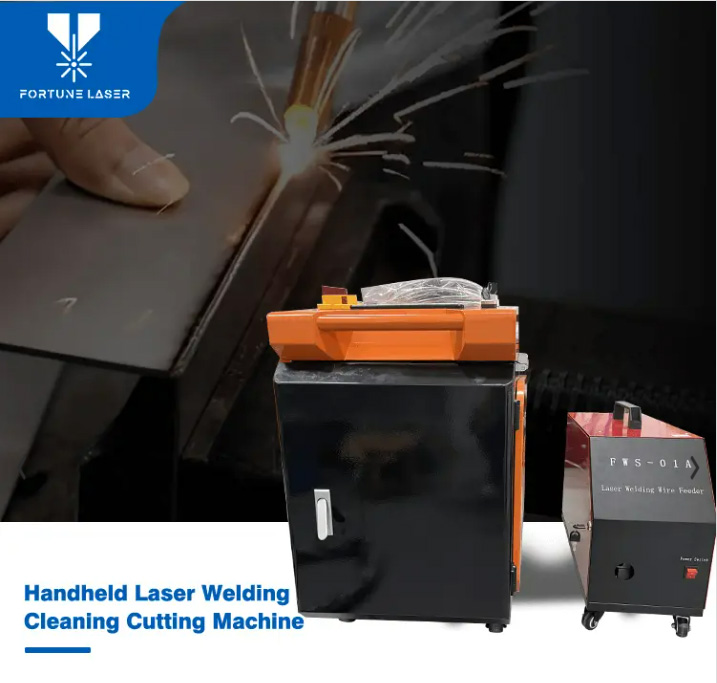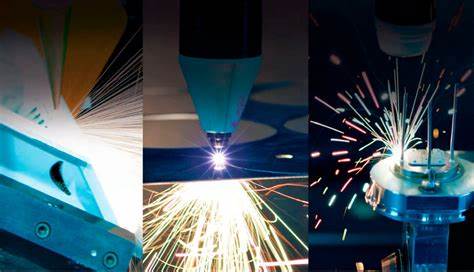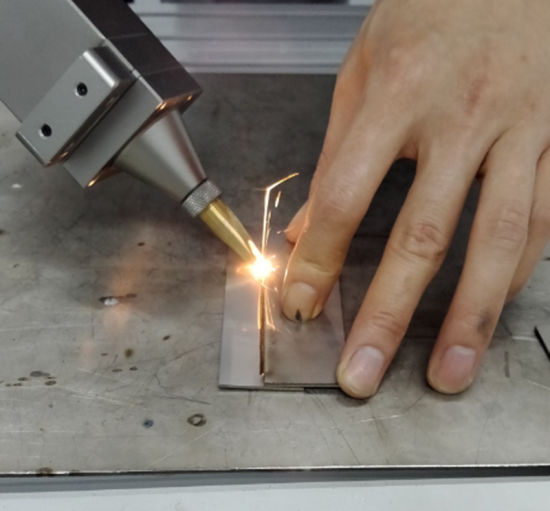Stainless steel is widely used in various industries due to its unique properties such as corrosion resistance and formability. With the advancement of technology, laser welding has become a new welding method, which has many advantages compared with traditional welding techniques. However, one of the challenges of laser welding is the deformation of stainless steel. In this article, we will discuss how to avoid stainless steel laser welding deformation and delve into the factors closely related to it.

First, it is necessary to understand why laser welding causes deformation of stainless steel. Laser welding involves using a high-energy laser beam to melt and fuse the surfaces of two pieces of metal together. During this process, rapid heating and cooling causes thermal distortion, which causes deformation of the welded area. While this seems inevitable, there are a number of steps that can be taken to minimize or even eliminate distortion.
One of the first steps in avoiding laser welding distortion is careful selection of appropriate laser welding parameters. Factors such as laser power, welding speed, and beam focus should be optimized to achieve the desired weld quality. By adjusting these parameters, heat input can be controlled and thermal deformation causing distortion can be minimized. Additionally, using pulsed mode rather than continuous wave mode helps reduce the heat affected zone and subsequent deformation.
Another important consideration is the design of the connector itself. The shape, size and configuration of the joint can greatly affect the amount of deformation that occurs during laser welding. To minimize distortion, it is recommended to use wide welds and avoid sharp or sharp corners. This distributes heat more evenly and reduces thermal stress concentrations. Additionally, the use of fillet welds (welds with concave or convex curve shapes) also helps reduce distortion.
In addition to welding parameters and joint design, the choice of material thickness also plays a crucial role in avoiding distortion. Thicker stainless steel sheets are more prone to deformation due to their higher thermal conductivity. To mitigate this, it is recommended to use thinner stainless steel sheets or use a heat sink or cooling system during the soldering process. These cooling mechanisms help dissipate excess heat and reduce thermal gradients, minimizing distortion.

Additionally, using proper fixing and clamping techniques can significantly help avoid laser welding distortion. The fixture refers to the positioning and fixing of the workpiece during the welding process. It is imperative to ensure that the workpiece is adequately supported and aligned to prevent any movement or warping during welding. Clamping, on the other hand, involves holding a workpiece in place using specially designed jigs or fixtures. Proper clamping helps maintain the desired level of alignment and reduces the chance of warping.
Finally, post-weld heat treatment can be used to relieve residual stress and reduce distortion. Annealing, stress relieving, and even simple air cooling processes help stabilize welded structures and minimize distortion. The use of specialized heat treatment equipment and techniques can provide the necessary thermal cycling to ensure welded stainless steel remains stable and free from deformation.

In summary, laser welding offers numerous advantages over traditional welding methods in terms of speed, precision and quality. However, deformation of stainless steel poses challenges to the laser welding process. Stainless steel laser welding distortions can be effectively handled by careful selection and optimization of welding parameters, design of appropriate joint configurations, consideration of material thickness, implementation of appropriate fixation and clamping techniques, and utilization of post-weld heat treatment. These measures, combined with the inherent properties of stainless steel, contribute to high-quality welds with minimal distortion.
If you want to learn more about laser welding, or want to buy the best laser welding machine for you, please leave a message on our website and email us directly!
Post time: Jul-18-2023









